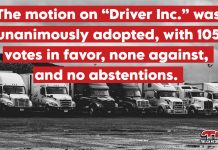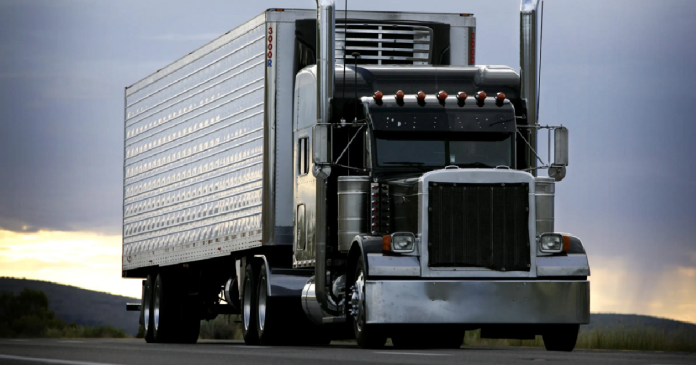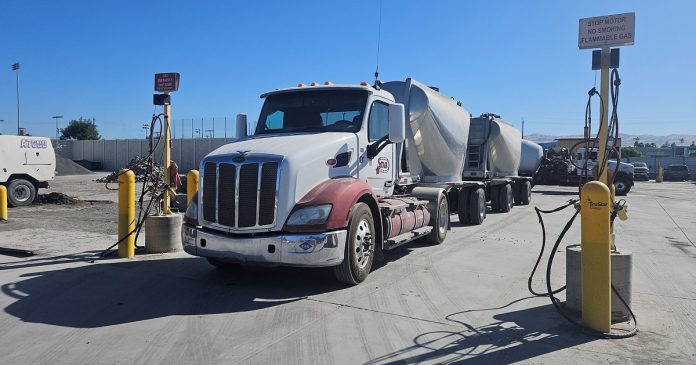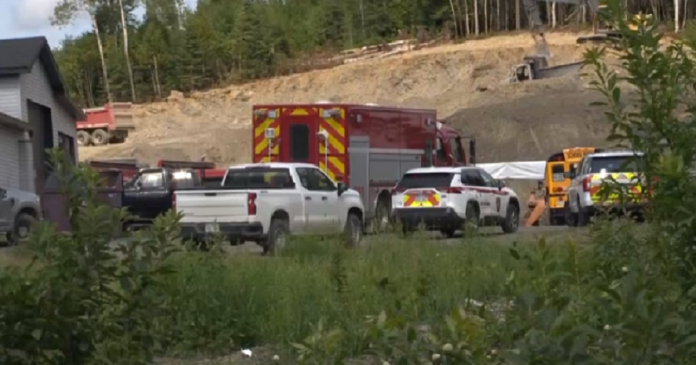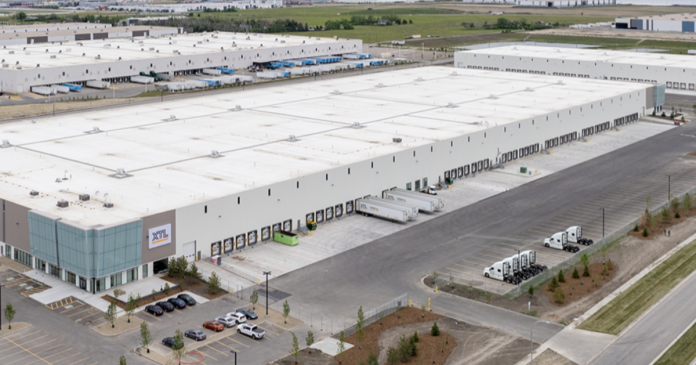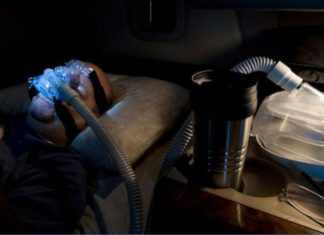Two people were taken into custody this week in connection with a highway shooting that left a trucker critically injured earlier this month. The incident occurred on July 3rd on northbound Interstate 65 in Whitestown, Indiana. Authorities responded to the scene after a heavy truck ran off the road.
Witnesses told officers that the driver had been shot. Police provided first aid until emergency medical services arrived. The driver was then rushed to a nearby hospital in critical condition. As of July 25th, the truck driver remained in the hospital, but his condition had stabilized.
Witnesses described a black sedan that was brake-checking several trucks, creating traffic disturbances before shooting the truck driver and causing the semi-truck to crash. According to their accounts, a woman was behind the wheel while a man was in the passenger seat. The police carried out an extensive investigation, including interviews and video footage analysis, to identify those involved.
James Brown was named as the suspected shooter, and Kendra Johnson-Brown was identified as the driver of the car. Both suspects were arrested on Thursday, July 25th, and were booked into Boone County Jail. They are facing several charges, including aggravated assault, attempted murder, and reckless endangerment.

